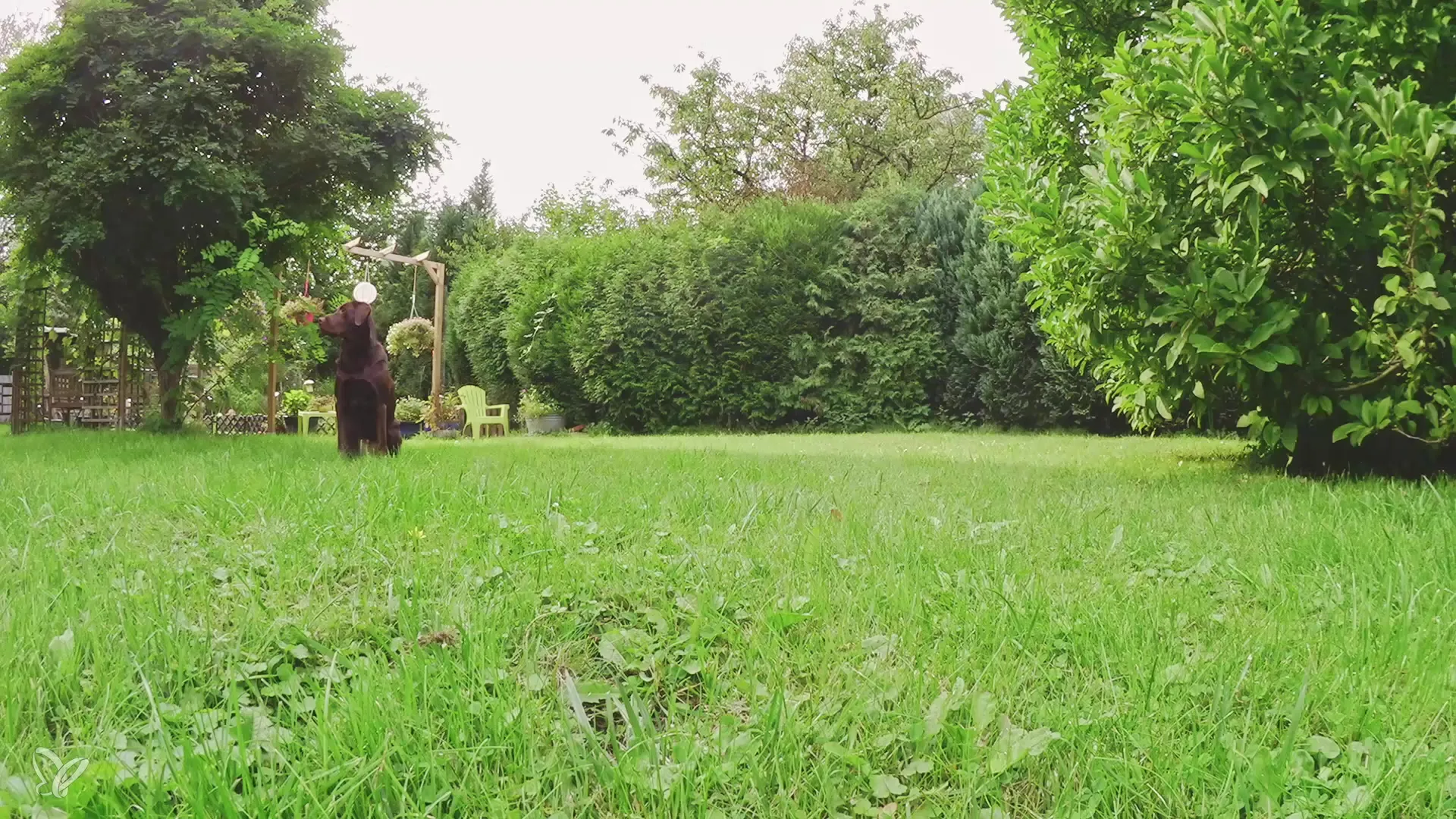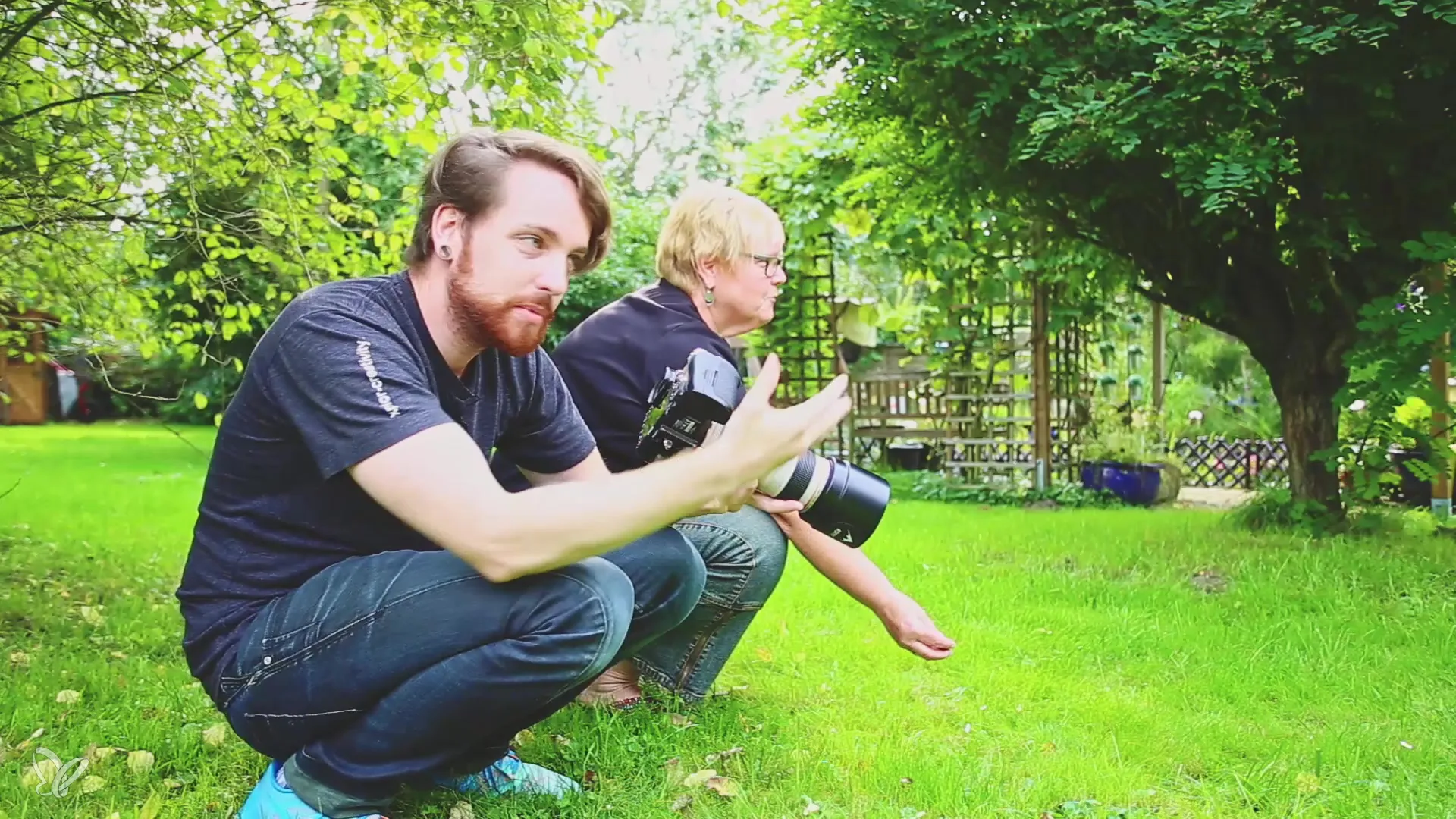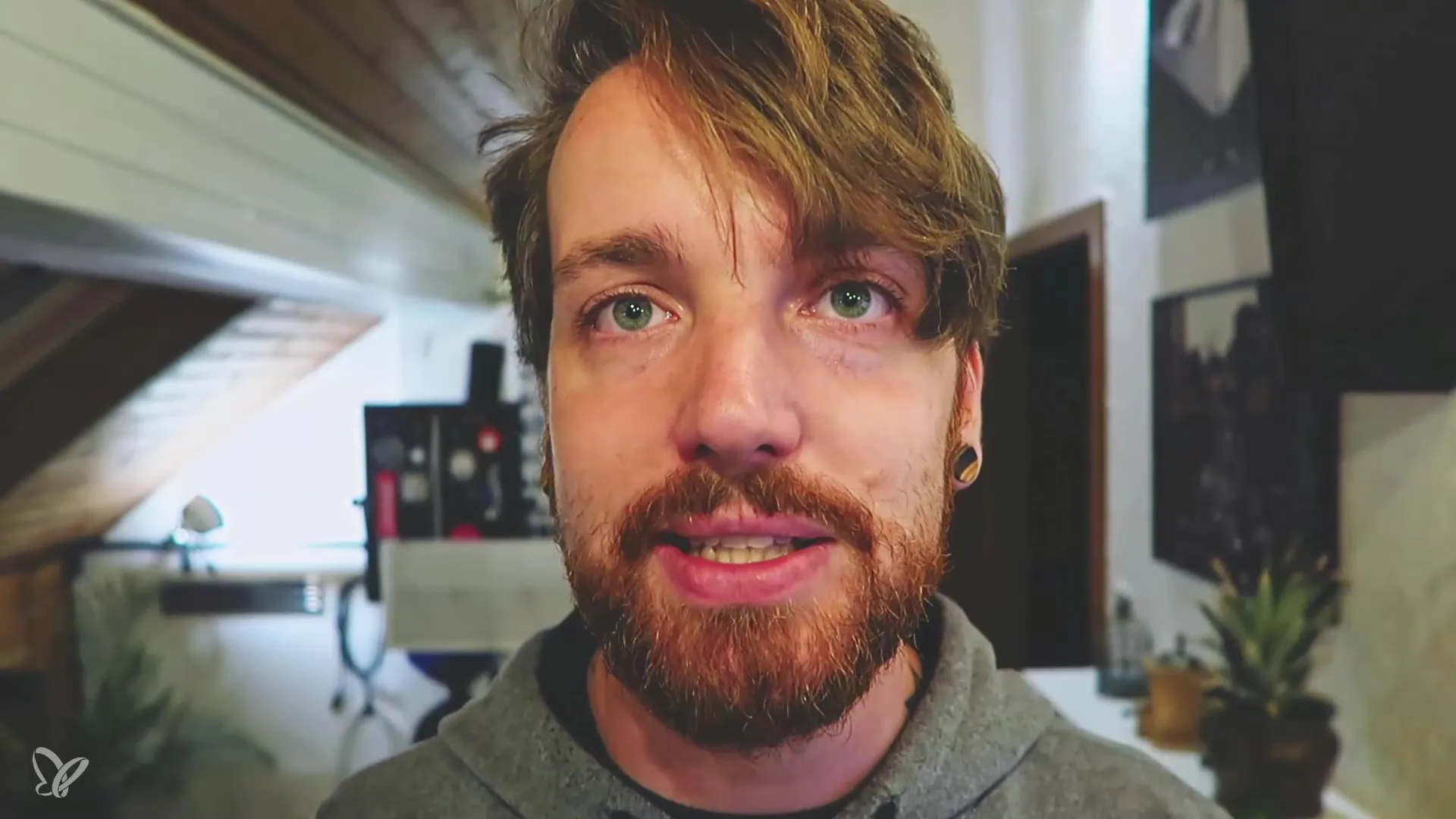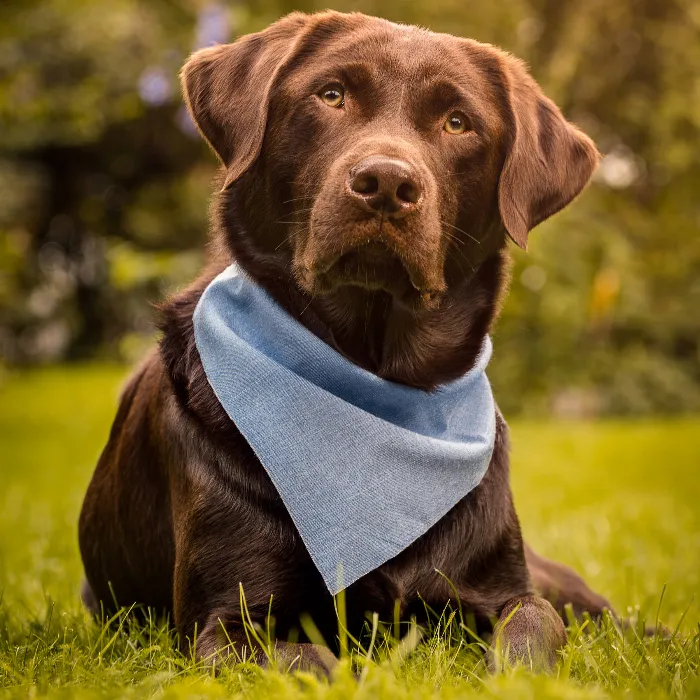Dogs are not only loyal companions but also wonderful subjects for spectacular photos. To fully exploit the potential of dog photography, some basic techniques and considerations are necessary. This tutorial focuses on the practical implementation of a shoot where your dog is not in motion. Here you will receive practical tips on the optimal location, sun position, and the right interaction with your four-legged friend.
Main insights
The right focal length and depth of field are crucial for portrait photography. Pay attention to the eye level of your dog, use incentives such as treats for proper positioning, and create a relaxed atmosphere to achieve the best results.
Step-by-Step Guide
Step 1: The right camera setting
Before you start the shoot, you should work in AV mode (Aperture Value). This setting allows you to control the aperture yourself while the camera selects the appropriate exposure time. For dog photography, this is crucial to achieve beautiful background blur. At the beginning of this technique, you can set the focal length to 100 mm and increase it to 200 mm if necessary to zoom in more intensively on the image. With more focal length, you can achieve a stronger blur in the background, making your dog photos look more professional.

Step 2: Positioning the dog
If your dog is lying down, you should also position yourself at eye level. This will provide a better perspective and make the animal appear more natural. Ideally, lie down next to your dog to achieve the desired angle aesthetic.

Step 3: Collaborating with an assistant
To create effective portraits, it is beneficial to work with an assistant who helps you direct the dog. A treat can be very useful! Your assistant should hold the food directly over the lens so that the dog looks in the right direction. If the food is held too high or too low, it can affect the perspective.

Step 4: Communication is key
Clear communication with your assistant is essential. Discuss in advance that the food or toy should be placed directly over the lens. This gives the dog the best chance to look into the camera, making the picture appear more lively.

Step 5: Preparing the dog
If you have a dog that is not calm, it is helpful to exhaust him before the shoot. Play a little with him and encourage his mental agility with search games or fetching games. These activities will make him less excited and able to pose more calmly.
Step 6: Building trust
If you want to photograph a dog you don't know, take time to get to know him. Let him sniff you and don't hesitate to pet him before taking out your camera. A familiar atmosphere helps the dog to behave more relaxed, allowing for better photos.
Step 7: The perfect location
Sometimes the dog needs to be brought to a specific position. Try to lead him a little away from the target position and then guide him back in a small circle. This helps direct his alignment and gaze in the desired direction. Return with him to the desired position where he should then stay seated.
Summary – Step by Step: Dog photos in the outdoors – 4 The shooting without movement
This detailed guide shows you how to take beautiful dog photos in the outdoors using targeted techniques and considerations regarding the right camera settings, a well-prepared dog, and efficient interaction with an assistant – even when your dog is not in motion.
Frequently Asked Questions
How do I choose the right focal length for dog photos?First set the focal length to 100 mm and increase it to achieve a stronger blur.
Why is it important to photograph at eye level with the dog?Eye level provides a natural perspective and flattering shots of the dog.
How can I get the dog to look at the camera?Use a treat and hold it directly over the lens to direct its attention.
What can I do if my dog is restless during the shoot?Let him play beforehand and experience mental challenges to channel his energy.
How early should I arrive before the shoot?Arrive early to give the dog time to get used to you.

